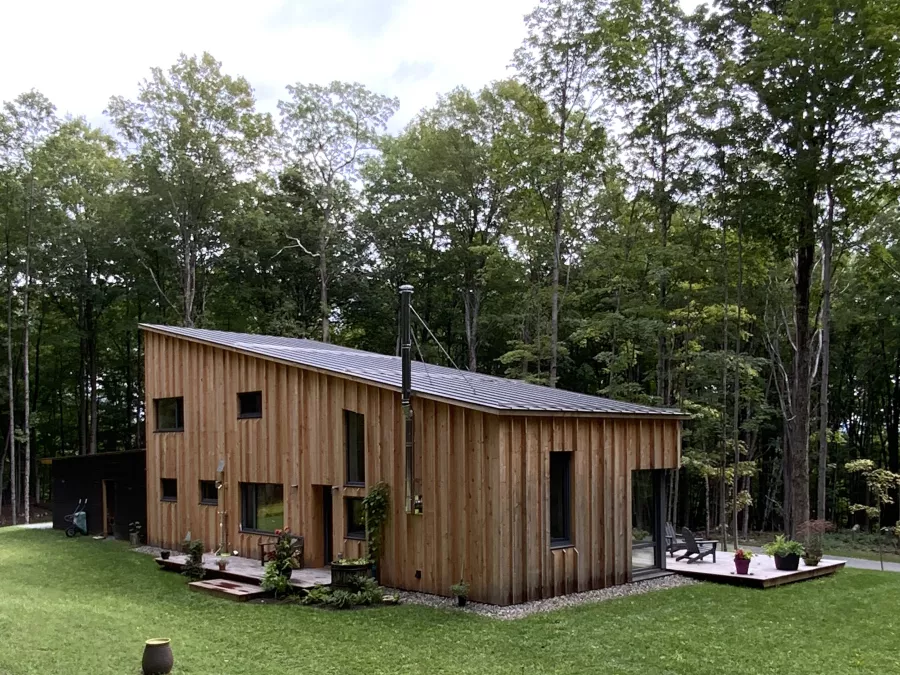Adopting the passive house standard for commercial buildings is an innovative approach to sustainable construction. This guide will delve into the principles of the passive house design and its benefits for commercial structures. We’ll also outline the key steps to implement this energy-efficient model.
Before diving into the specifics, it’s worth noting the importance of airtight detailing around windows, a crucial aspect of passive house design.
Understanding Passive House Principles
Passive houses adhere to a set of design principles aimed at minimizing energy use and maximizing comfort. The main principles include high-quality insulation, airtight construction, efficient ventilation, and optimal use of solar gain.
Benefits of Passive House Design for Commercial Buildings
Implementing passive house principles in commercial buildings can lead to significant benefits. These include reduced energy costs, improved indoor air quality, and a smaller carbon footprint. For more insights, you can explore this descriptive guide on passive houses.
Steps to Implement Passive House Design in Commercial Buildings
Adopting a passive house design for a commercial building involves several steps. These include conducting an energy audit, creating an energy-efficient design, selecting appropriate materials, and ensuring proper construction techniques.
As we conclude this exploration of passive house design for commercial buildings, you might want to consider investing in a solar cam for perimeters to enhance your building’s security. Additionally, sealing solar panels at windows can further boost your building’s energy efficiency.





